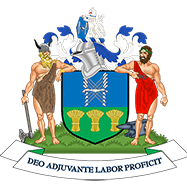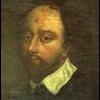A betting shop was proposed to open opposite us on Bellhouse Road in the 1950/60's and I remember someone coming to the house with a petition against it. Mum wasn't very pleased about it, thought it would attract "undesirables" Dad wasn't too concerned and sent them away with it unsigned.
Found this, thought it might be of interest.
Henry Steel (1832 - 1915), 'The Leviathian'
s22479
Taken from Vanity Fair, 27th October, 1877.
"Mr Steel is a native of Sheffield and a man of genius. He first displayed his powers in the pursuit of fishmongery, but being impelled to take up the national sport of horse-racing as a profession, he established himself as one of the benefactors to the backers of horses known as 'Bookmakers'. For some time he confined himself to making what we called 'silver books' , but before long he ran into a rein of gold and having received the 'stable commission' for St. Albans, he made a great coup and became a personage on the turf. Mr Peach married his sister, he married Mr Peach's sister and they all became partners in success. They are entrusted with most of the more important betting commissions and occupy so overpowering a position that they can command the market and influence the odds. The public personality of the partnership is found in Mr. Steel, whose face is known to every frequenter of race-courses, and whose transactions are so enormous as to have won for him the name of 'The Leviathian'. He is enormously rich-perhaps the richest man ever made by books. He is the proprietor of large steel and iron works at Sheffield, and not long ago he bought up the Archbishop of York's house in town, together with all its famous wines, as an appropraite residence for himself. He however, soon got tired of London society and retired again to Sheffield where he lives in opulent splendour. His account at the Westminster Bank is the largest there." Jehu Junior.



